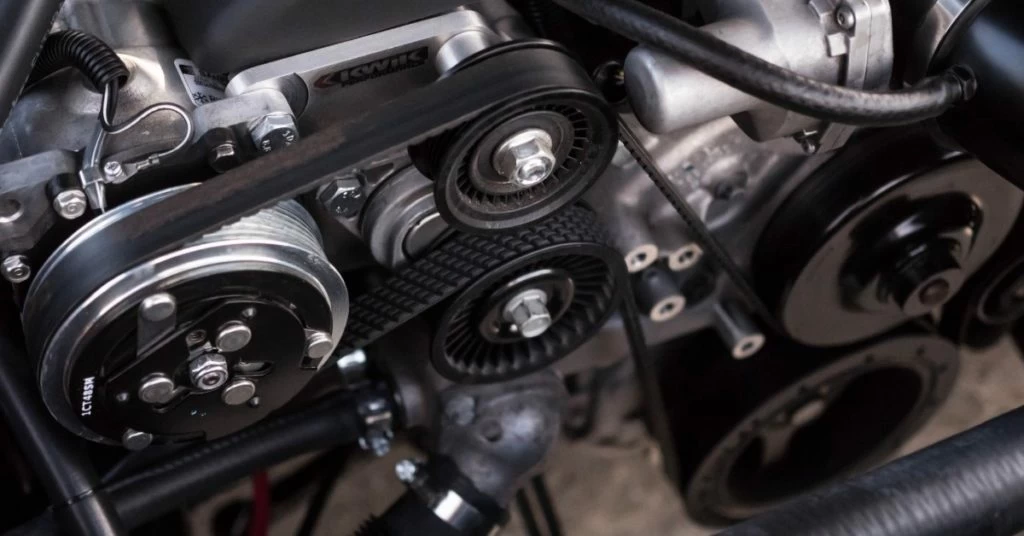- Arabic
- French
- Russian
- Spanish
- Portuguese
- Turkish
- Armenian
- English
- Albanian
- Amharic
- Azerbaijani
- Basque
- Belarusian
- Bengali
- Bosnian
- Bulgarian
- Catalan
- Cebuano
- Corsican
- Croatian
- Czech
- Danish
- Dutch
- Afrikaans
- Esperanto
- Estonian
- Finnish
- Frisian
- Galician
- Georgian
- German
- Greek
- Gujarati
- Haitian Creole
- hausa
- hawaiian
- Hebrew
- Hindi
- Miao
- Hungarian
- Icelandic
- igbo
- Indonesian
- irish
- Italian
- Japanese
- Javanese
- Kannada
- kazakh
- Khmer
- Rwandese
- Korean
- Kurdish
- Kyrgyz
- Lao
- Latin
- Latvian
- Lithuanian
- Luxembourgish
- Macedonian
- Malgashi
- Malay
- Malayalam
- Maltese
- Maori
- Marathi
- Mongolian
- Myanmar
- Nepali
- Norwegian
- Norwegian
- Occitan
- Pashto
- Persian
- Polish
- Punjabi
- Romanian
- Samoan
- Scottish Gaelic
- Serbian
- Sesotho
- Shona
- Sindhi
- Sinhala
- Slovak
- Slovenian
- Somali
- Sundanese
- Swahili
- Swedish
- Tagalog
- Tajik
- Tamil
- Tatar
- Telugu
- Thai
- Turkmen
- Ukrainian
- Urdu
- Uighur
- Uzbek
- Vietnamese
- Welsh
- Bantu
- Yiddish
- Yoruba
- Zulu
11월 . 20, 2024 09:32 Back to list
timing belt sizes
Understanding Timing Belt Sizes A Comprehensive Guide
Timing belts play a crucial role in the functioning of an engine, ensuring that the engine's camshaft and crankshaft operate in perfect synchronization. This synchronization is vital for the proper timing of the opening and closing of engine valves, which affects power output, fuel efficiency, and emissions. Understanding timing belt sizes is essential for selecting the right belt and ensuring optimal engine performance. This article delves into the significance of timing belt sizes, how to measure them, common sizes used, and the factors influencing their selection.
The Importance of Timing Belt Sizes
Timing belts come in various sizes, and using the correct size is imperative for maintaining the engine's timing. An incorrectly sized belt can lead to several problems, including belt slipping, premature wear, or even catastrophic engine failure. Each vehicle manufacturer designs its engines with specific belt sizes to accommodate the unique dimensions and mechanics of that engine. Therefore, it's essential to adhere to the recommended size when replacing a timing belt to ensure the engine functions as intended.
How to Measure Timing Belt Sizes
Measuring the size of a timing belt involves understanding its dimensions, including its length, width, and the number of teeth. Here’s a breakdown of how to measure these parameters
1. Length The length is crucial as it directly impacts the belt's ability to maintain the correct tension between the camshaft and crankshaft. To measure the length accurately, one can use a flexible measuring tape around the pulleys or consult the vehicle’s specifications.
2. Width The width of the timing belt is important for ensuring it fits well within the timing cover. A belt that is too wide may create friction and cause damage, while one that is too narrow may slip off. It's essential to check both the belt and the pulley widths for compatibility.
3. Number of Teeth Timing belts are designed with a series of teeth that engage with the pulleys. The number of teeth is critical for maintaining accurate timing. When replacing a timing belt, it’s vital to match the number of teeth precisely to avoid timing errors.
Common Timing Belt Sizes
Timing belts come in various sizes, often specified using a code that indicates the length, width, and number of teeth
. Some common sizes includetiming belt sizes

- Belt with 34 teeth, 938mm in length, and 25mm in width - Belt with 144 teeth, 900mm in length, and 19mm in width - Belt with 97 teeth, 1080mm in length, and 24mm in width
It’s essential to consult vehicle-specific guides or manufacturers' recommendations when selecting a timing belt to ensure compatibility.
Factors Influencing Timing Belt Selection
Several factors influence the selection of timing belt sizes, including
1. Engine Type Different engines (e.g., inline, V-shaped) may require different timing belt sizes due to varying configurations and mounting positions.
2. Manufacturer Specifications Always adhere to the manufacturer’s specifications when selecting a timing belt. This can typically be found in the vehicle’s owner manual or a service manual.
3. Material Composition Timing belts are made from various materials, including rubber and reinforced fibers, which can affect their performance and durability. Higher quality materials may provide a longer lifespan and better performance.
4. Driving Conditions Consideration of driving conditions is crucial. Vehicles subjected to high temperatures, heavy loads, or harsh weather may require different belts or more frequent replacements.
Conclusion
Correctly understanding and selecting timing belt sizes is essential for ensuring the longevity and performance of an engine. Regular inspection and timely replacement of timing belts can prevent extensive engine damage and maintain optimal vehicle performance. Always refer to manufacturer specifications and consult with a professional if unsure about the appropriate timing belt size for your vehicle. In summary, being informed about timing belt sizes is key to keeping your engine running smoothly and efficiently.
-
Korean Auto Parts Timing Belt 24312-37500 For Hyundai/Kia
NewsMar.07,2025
-
7PK2300 90916-T2024 RIBBED BELT POLY V BELT PK BELT
NewsMar.07,2025
-
Chinese Auto Belt Factory 310-2M-22 For BMW/Mercedes-Benz
NewsMar.07,2025
-
Chinese Auto Belt Factory 310-2M-22 For BMW/Mercedes-Benz
NewsMar.07,2025
-
90916-02660 PK Belt 6PK1680 For Toyota
NewsMar.07,2025
-
drive belt serpentine belt
NewsMar.07,2025

